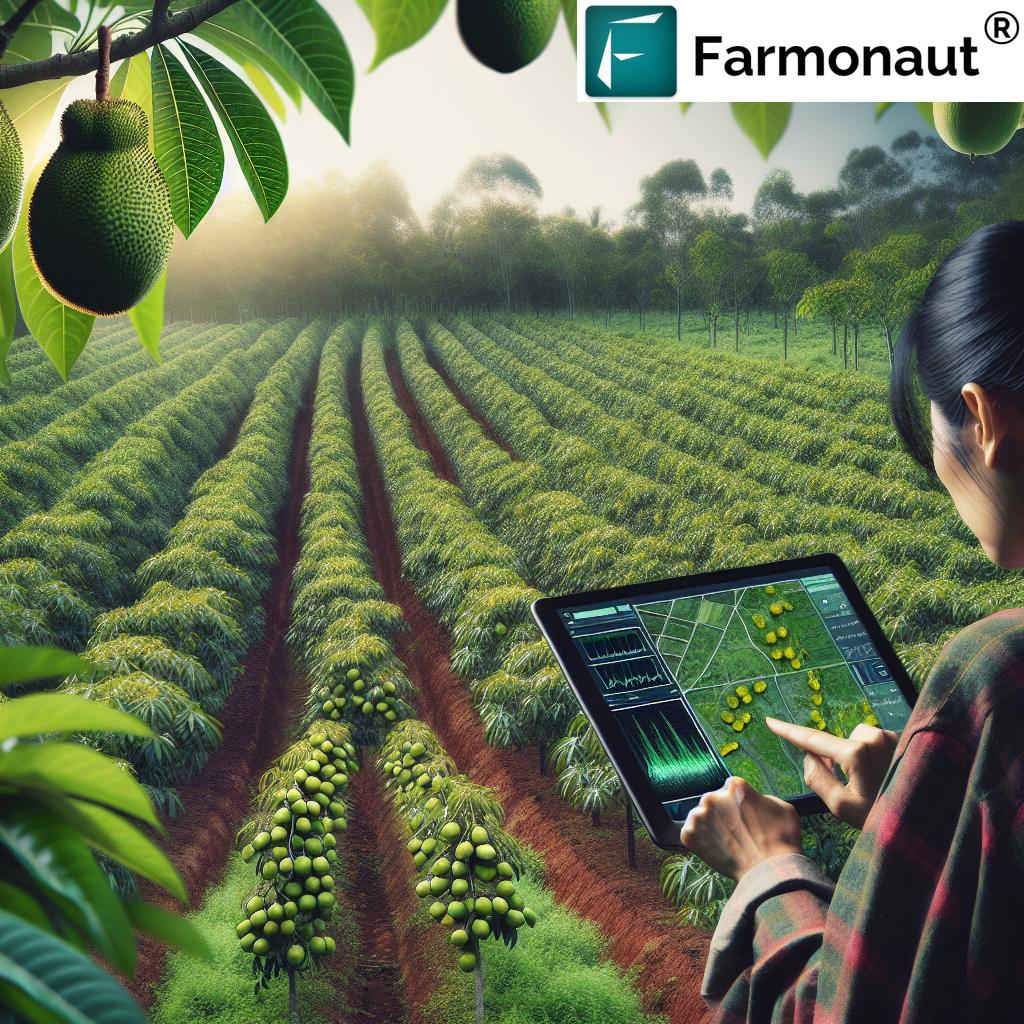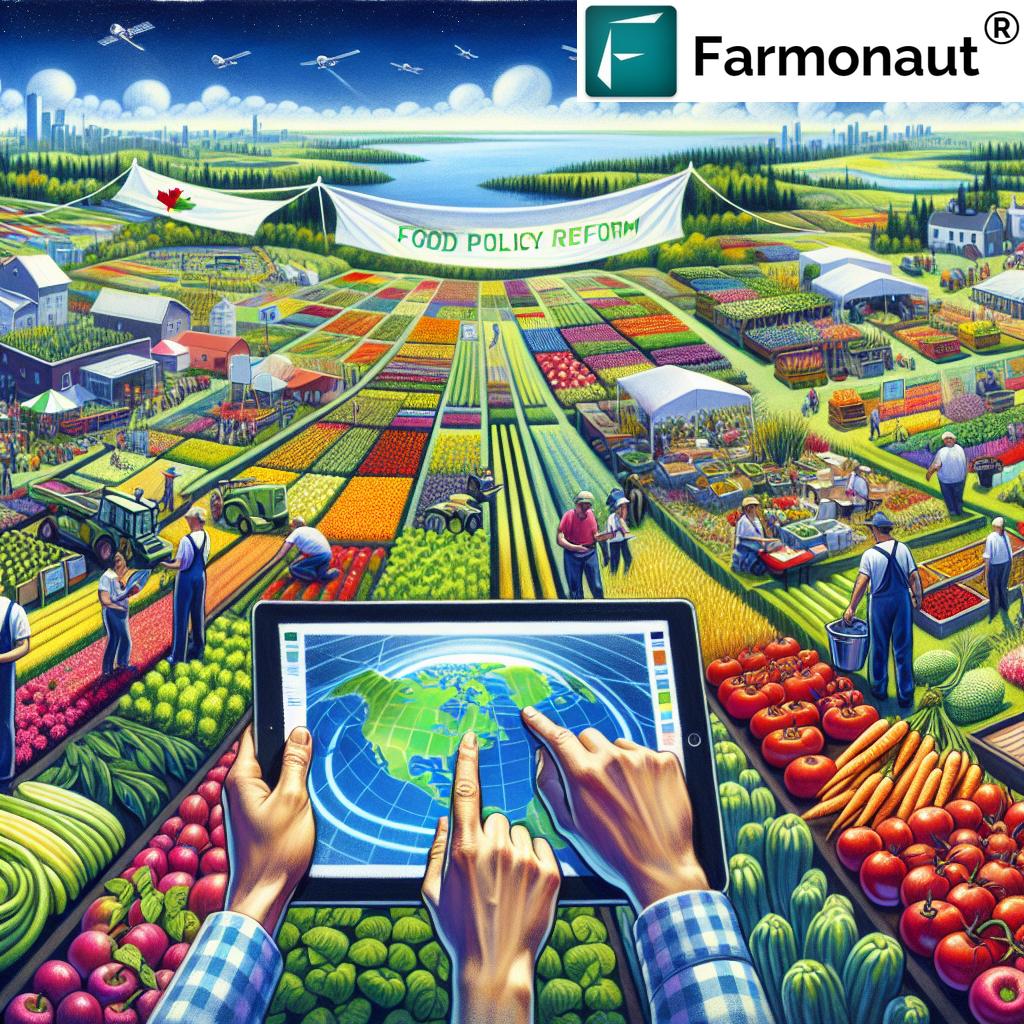Unleash the Power of Pawpaws: Climate-Resilient Fruit Revolutionizing Sustainable Orchards

In the face of climate change, American orchards are undergoing a quiet revolution. The humble pawpaw, a native North American fruit, is emerging as a beacon of hope for sustainable farming and climate-adaptive agriculture. As traditional fruit crops struggle with unpredictable weather patterns, pawpaws are proving to be the unsung heroes of the orchard world, offering a resilient and eco-friendly alternative to conventional fruits.
The Rise of Climate-Resilient Pawpaw Orchards
Pawpaw orchards are no longer just a curiosity; they’re becoming a serious contender in the fruit industry. These adaptable fruit trees are thriving where others falter, showcasing remarkable pawpaw adaptation to extreme weather conditions. From scorching heatwaves to unexpected frosts, pawpaws stand tall, making them an ideal choice for farmers looking to future-proof their operations.
- Pawpaws can withstand temperatures from -25°F to over 100°F
- They require minimal pesticides, supporting eco-friendly farming practices
- Deep root systems make them resistant to drought and flooding
The growing interest in climate-resilient pawpaw orchards is not just a trend; it’s a response to the urgent need for sustainable pawpaw farming practices that can withstand the challenges posed by our changing climate.
Pawpaws: A Native Fruit Alternative
As an alternative to apples and peaches, pawpaws offer a unique flavor profile often described as a mix of banana, mango, and custard. This distinctive taste is catching the attention of chefs and breweries across the country, driving demand for commercial pawpaw growing.
Currently, there are only about 65 pawpaw farms compared to 1,600 apple farms in New York alone. This disparity highlights the immense potential for growth in the pawpaw commercial production sector. Farmers are beginning to recognize the opportunity to diversify their orchards with this climate change resilient fruit.
Explore the potential of pawpaws with Farmonaut’s advanced agricultural technologies. 
The Science Behind Pawpaw Cultivation for Climate Change
The success of pawpaw cultivation for climate change lies in the fruit’s natural adaptations. Pawpaws have evolved over millennia to thrive in diverse North American climates, from humid subtropical regions to colder temperate zones. This inherent resilience makes them a prime candidate for climate-adaptive agriculture.
- Genetic Diversity: Pawpaws possess a wide range of genetic traits that allow for adaptation to various environmental stressors.
- Low-Chill Requirements: Unlike many fruit trees, pawpaws don’t need extended periods of cold to produce fruit, making them suitable for warmer climates.
- Pest Resistance: Natural defenses against many common orchard pests reduce the need for chemical interventions.
Pawpaw breeding programs are further enhancing these natural qualities, developing cultivars that are even more suited to commercial production and diverse climatic conditions.
Eco-Friendly Pawpaw Production: A Model for Sustainable Orchards

Eco-friendly pawpaw production is setting new standards for orchard management. These trees require minimal chemical inputs, contribute to soil health, and support local ecosystems. As farmers transition to more sustainable practices, pawpaws are proving to be a valuable ally in reducing the environmental impact of fruit production.
- Natural pollination by flies and beetles reduces the need for managed pollinators
- Pawpaw trees improve soil structure and prevent erosion
- The fruit’s short shelf life promotes local consumption, reducing transportation emissions
Harness the power of satellite technology for your pawpaw orchard. Check out Farmonaut’s Satellite API for precision agriculture.
The Challenge and Promise of Rare Fruit Cultivation
Rare fruit cultivation comes with its own set of challenges, but pawpaws are proving that these obstacles can be overcome. The limited availability of planting stock and the need for specialized knowledge are being addressed through collaborative efforts between farmers, researchers, and agricultural extension services.
The promise of pawpaws lies not just in their resilience, but in their potential to revitalize rural economies. As commercial pawpaw growing expands, it creates new opportunities for value-added products, agritourism, and niche market development.
Preserving Biodiversity Through Pawpaw Orchards
Beyond their commercial potential, pawpaw orchards play a crucial role in preserving biodiversity. As climate change threatens many plant species, cultivating pawpaws helps maintain genetic diversity within our food systems. Farmers and researchers are working together to collect and preserve various pawpaw cultivars, ensuring a robust genetic pool for future breeding efforts.
Optimize your pawpaw orchard management with Farmonaut’s mobile apps:


The Future of Sustainable Pawpaw Farming
As we look to the future, sustainable pawpaw farming is poised to play an increasingly important role in our agricultural landscape. The adaptability of pawpaws to changing climatic conditions makes them a smart choice for farmers looking to diversify their crops and reduce risk.
Key areas of development in pawpaw cultivation include:
- Improved harvesting and processing technologies
- Development of pawpaw-based products for wider market appeal
- Integration of pawpaws into agroforestry systems
- Research into pawpaw’s nutritional benefits and potential medicinal properties
Stay ahead of the curve in pawpaw cultivation. Explore Farmonaut’s API Developer Docs for cutting-edge agricultural insights.
Conclusion: Embracing Pawpaws for a Resilient Future
The rise of climate-resilient pawpaw orchards represents more than just a trend in fruit cultivation; it’s a paradigm shift towards more adaptive and sustainable agricultural practices. As traditional fruit crops face increasing challenges from climate change, pawpaws offer a promising path forward.
By embracing pawpaw cultivation, farmers are not only diversifying their crops but also contributing to a more resilient and eco-friendly food system. The unique characteristics of this native North American fruit make it an ideal candidate for addressing the complex challenges of modern agriculture.
As research continues and more farmers adopt pawpaw cultivation, we can expect to see these adaptable fruit trees reshaping American orchards. The pawpaw’s journey from obscure native fruit to a cornerstone of climate-adaptive agriculture is a testament to the power of innovation and the importance of working in harmony with nature.
In the face of climate uncertainty, pawpaws stand as a symbol of resilience and hope for a sustainable agricultural future. As we continue to unleash the power of pawpaws, we’re not just growing fruit; we’re cultivating a more resilient, diverse, and sustainable orchard landscape for generations to come.













